NEW YORK—Fully engaging with social networking technology, Mayor Michael Bloomberg and New York’s first Chief Digital Officer Rachel Sterne, on Monday unveiled an ambitious 60-page report titled “Road Map for the Digital City: a Plan to Make New York the Premier Digital City.”
“Any organization, in the public or private sector, that wants to be a leader in customer service must be a leader in digital media,” said Mayor Bloomberg.
Public-private partnerships with companies like Facebook, Twitter, Foursquare, and Tumblr were announced. A central city government Facebook page will be created for a “One stop shop, where every New Yorker can see the high level news, find out crucial information, ask questions, [and] take part in polls.” said Sterne at the press conference. An @nycgov Twitter account will soon be instituted to provide residents with real-time updates on city news and services.
The level of social media being interwoven into the daily government workings was underscored by Akshay Patil of Foursquare (a city exploration social media), John Maloney of Tumblr (a short-form, multimedia blogging platform), and Adam Sharp of Twitter (a quickly updated short-form blogging platform) joining the press conference.
Between NYC.gov (2.8 million) and social media (1.2 million), the digital city government already serves with 4 million people a month, according to Sterne.
The “Roadmap for the Digital City” has four main objectives: access, open government, citizen engagement, and expanding NYC’s digital job growth. These were shaped by over 90 days of extensive communication with both the public and private sectors totaling over 4,000 points of insight. In-person feedback included workshops, brown bag lunches, and question and answer sessions. Digital feedback included Twitter, Facebook, Google surveys, and e-mail.
Access is ensuring that every New Yorker has access to digital media. There will be support for more vendor choices for New Yorkers. This objective also plans to provide more Wi-Fi in public spaces, such as parks. Another aim is to enable access for high-needs demographics, like school children and seniors, in libraries and schools.
The Metropolitan Transportation Authority (MTA), will develop the capability to equip six underground subway stations with wireless Internet for a pilot program, with the future possibility of expansion into all 277 underground stations.
A more open, accessible, and clear government is the second goal. This will help make the government more efficient, innovative, and transparent. APIs, or application program interfaces, will be utilized for NYC platform, an open government framework. There is both an official NYC apps hub and a hub for feedback from the developer community in the works, and visualization tools are being looked at. Of note in the question and answer period of the press conference, the mayor deflected a question about disclosing records about bicycle, car, and pedestrian crash statistics.
Through the 90-day preliminary period of this road map where abstract ideas were gradually molded into focused initiatives, coupled with previous efforts to listen to the public, the city government has laid a foundation for the third objective of citizen engagement. One of the main suggestions from the public was redesigning NYC.gov to be more user- and search-friendly. These issues and more will be addressed in a holistic site upgrade. Another frequent request that will be addressed is digital enhancement to the 311 call center, by expansion of existing programs like the 311 smartphone application, and introduction of new tools, like a live online chat.
On the job growth front, the New York City Economic Development Corporation (NYCEDC), a partner in this venture, will work to entice a digital workforce to New York, and allow industry businesses to be started more easily. Some initiatives are to present more affordable workplaces in the Bronx and Brooklyn, support the creation of an applied sciences agency, and introduce .nyc, its own high-level domain. The city government plans to host the first NYC hackathon, an event when programmers meet to do collaborative computer programming.
NYC Digital is part of the mayor’s Office of Media and Entertainment, which also includes the Office of Film, Theatre and Broadcasting, and NYC Media – the official TV, radio and online network of the city of New York
Preceding the plan outline in the Blue Room of the City Hall, Bloomberg and Sterne answered questions sent by Twitter from the Bullpen. They used her iPad, and for the first time, live footage streaming, which uses advanced transmission technology and cellular signals to broadcast live directly to the public.
“Any organization, in the public or private sector, that wants to be a leader in customer service must be a leader in digital media,” said Mayor Bloomberg.
Public-private partnerships with companies like Facebook, Twitter, Foursquare, and Tumblr were announced. A central city government Facebook page will be created for a “One stop shop, where every New Yorker can see the high level news, find out crucial information, ask questions, [and] take part in polls.” said Sterne at the press conference. An @nycgov Twitter account will soon be instituted to provide residents with real-time updates on city news and services.
The level of social media being interwoven into the daily government workings was underscored by Akshay Patil of Foursquare (a city exploration social media), John Maloney of Tumblr (a short-form, multimedia blogging platform), and Adam Sharp of Twitter (a quickly updated short-form blogging platform) joining the press conference.
Between NYC.gov (2.8 million) and social media (1.2 million), the digital city government already serves with 4 million people a month, according to Sterne.
The “Roadmap for the Digital City” has four main objectives: access, open government, citizen engagement, and expanding NYC’s digital job growth. These were shaped by over 90 days of extensive communication with both the public and private sectors totaling over 4,000 points of insight. In-person feedback included workshops, brown bag lunches, and question and answer sessions. Digital feedback included Twitter, Facebook, Google surveys, and e-mail.
Access is ensuring that every New Yorker has access to digital media. There will be support for more vendor choices for New Yorkers. This objective also plans to provide more Wi-Fi in public spaces, such as parks. Another aim is to enable access for high-needs demographics, like school children and seniors, in libraries and schools.
The Metropolitan Transportation Authority (MTA), will develop the capability to equip six underground subway stations with wireless Internet for a pilot program, with the future possibility of expansion into all 277 underground stations.
A more open, accessible, and clear government is the second goal. This will help make the government more efficient, innovative, and transparent. APIs, or application program interfaces, will be utilized for NYC platform, an open government framework. There is both an official NYC apps hub and a hub for feedback from the developer community in the works, and visualization tools are being looked at. Of note in the question and answer period of the press conference, the mayor deflected a question about disclosing records about bicycle, car, and pedestrian crash statistics.
Through the 90-day preliminary period of this road map where abstract ideas were gradually molded into focused initiatives, coupled with previous efforts to listen to the public, the city government has laid a foundation for the third objective of citizen engagement. One of the main suggestions from the public was redesigning NYC.gov to be more user- and search-friendly. These issues and more will be addressed in a holistic site upgrade. Another frequent request that will be addressed is digital enhancement to the 311 call center, by expansion of existing programs like the 311 smartphone application, and introduction of new tools, like a live online chat.
On the job growth front, the New York City Economic Development Corporation (NYCEDC), a partner in this venture, will work to entice a digital workforce to New York, and allow industry businesses to be started more easily. Some initiatives are to present more affordable workplaces in the Bronx and Brooklyn, support the creation of an applied sciences agency, and introduce .nyc, its own high-level domain. The city government plans to host the first NYC hackathon, an event when programmers meet to do collaborative computer programming.
NYC Digital is part of the mayor’s Office of Media and Entertainment, which also includes the Office of Film, Theatre and Broadcasting, and NYC Media – the official TV, radio and online network of the city of New York
Preceding the plan outline in the Blue Room of the City Hall, Bloomberg and Sterne answered questions sent by Twitter from the Bullpen. They used her iPad, and for the first time, live footage streaming, which uses advanced transmission technology and cellular signals to broadcast live directly to the public.
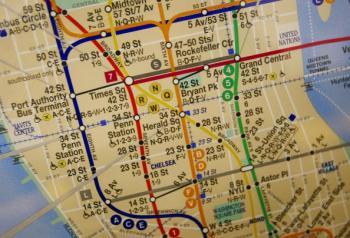

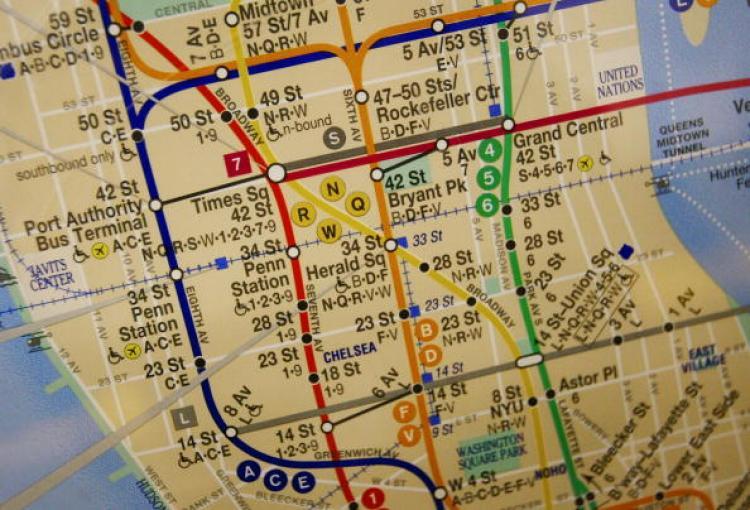
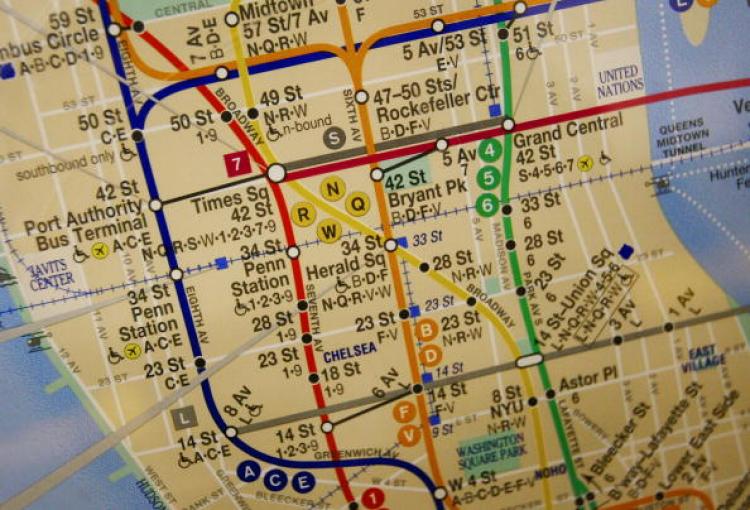
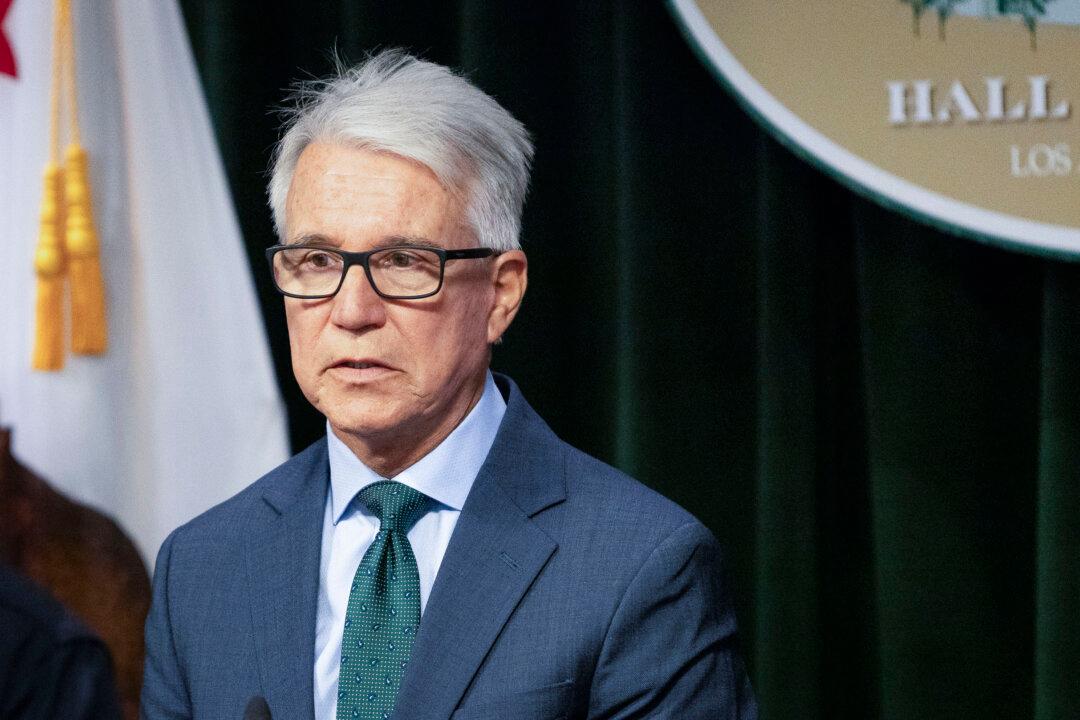

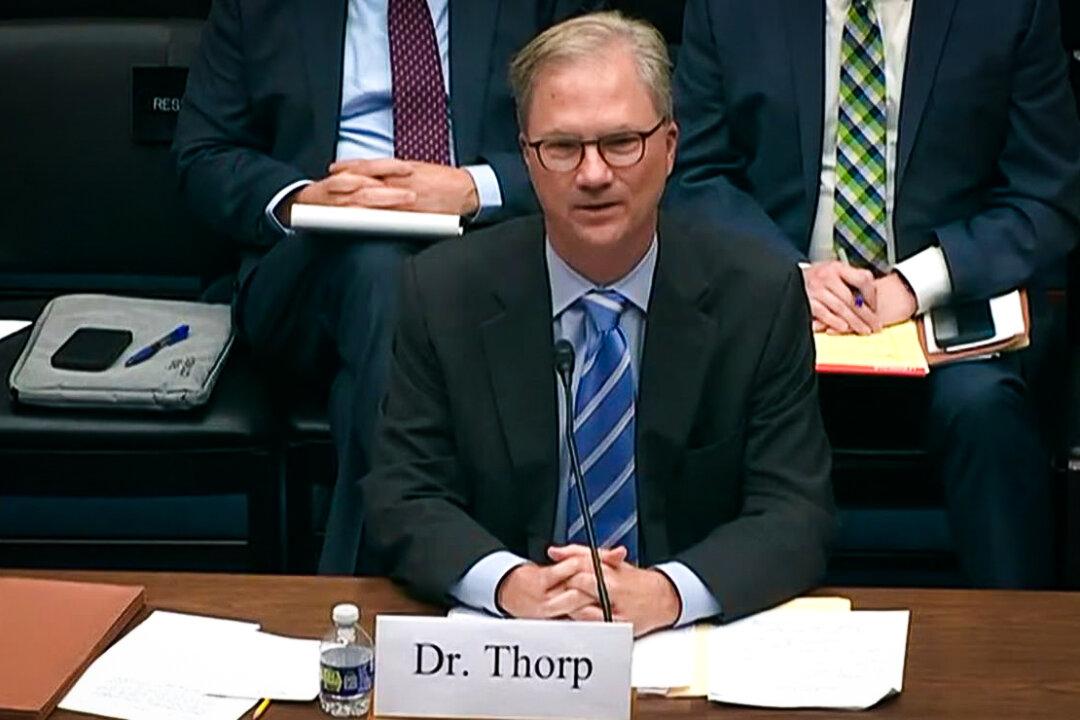

Friends Read Free